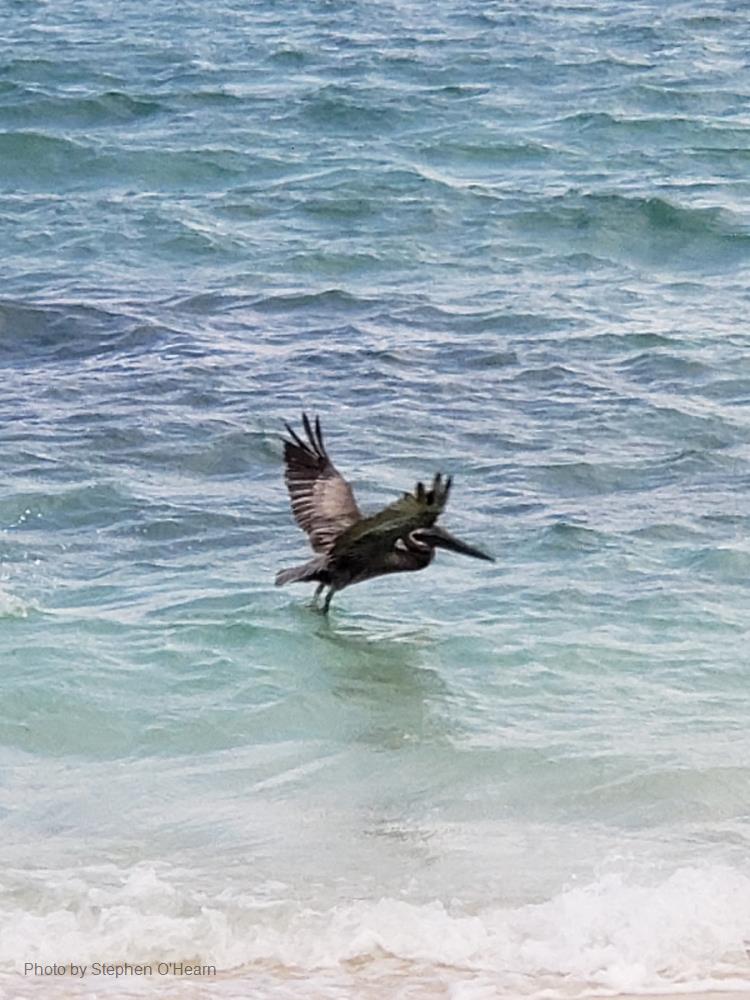
Related items loading ...
Section 1: Overview
Name of Research Project
|
Related Project
|
Part
|
|
GWF-NGS: Next Generation Solutions for Healthy Water Resources
|
Objective 3
|
|
|
|
|
|
|
Program Affiliations
Related Research Project(s)
|
GWF-NGS: Next Generation Solutions for Healthy Water Resources | |
Dataset Title
Fish communities in the North Saskatchewan and Saskatchewan rivers
Additional Information
Creators and Contributors
|
Tim Jardine | Point of Contact, Principal Investigator | tim.jardine@usask.ca | University of Saskatchewan |
Yuwei Xie | Researcher | | University of Saskatchewan |
John Giesy | Principal Investigator | | University of Saskatchewan |
Paul Jones | Principal Investigator | | University of Saskatchewan |
Abstract
Overnight gill net sets for large bodied fishes. Shoreline seine hauls for small-bodied fishes. Water samples filtered through cellulose nitrate filters. DNA extracted using the blood and tissue kit. DNA from genes 12s, 16s, CO1 and cytb amplified.
Purpose
At sites affected by an oil spill, compare fish communities assessed with conventional fisheries techniques (gill nets and seine nets) and with environmental DNA. This falls under objective 3 of the program
Plain Language Summary
Data on fish presence obtained using conventional methods (gill nets and seine nets) and environmental DNA from sites along the North Saskatchewan and Saskatchewan rivers.
Keywords
|
eDNA |
Next-generation sequencing |
gill nets |
seine nets |
fish communities |
oil spill |
freshwater |
fish |
Citations
Section 3: Status and Provenance
Dataset Version
1
Dataset Creation Date
2019-09-17
Status of data collection/production
Dataset Completion or Abandonment Date
Data Update Frequency
Creation Software
Primary Source of Data
Other Source of Data (if applicable)
Data Lineage (if applicable). Please include versions (e.g., input and forcing data, models, and coupling modules; instrument measurements; surveys; sample collections; etc.)
Tracking ID under eDNA project: UofS-eDNA-dataset-metadata-4
Sample Collection
Fish were collected in gill nets set overnight in the North Saskatchewan River. Intestinal samples were collected from fish from each site. All samples were collected with sterile dissection tools from the bottom 1/3 of the intestines, with separate samples collected for gut contents and tissue. Samples were immediately placed on ice prior to being transferred to a -80C freezer for long-term storage.
16s amplicon sequencing
Total genomic DNA was extracted from guts using the DNeasy PowerSoil Kit (Qiagen Inc., Mississauga, ON). Concentrations were measured using a Qubit 4 Fluorometer and dsDNA HS assay kit (ThermoFisher Scientific, Waltham, MA). The V3-V4 variable region of the 16S rRNA gene was amplified using the Bact-0341 forward primer (CCTACGGGNGGCWGCAG) (Klindworth et al., 2013) and the Bact-806 reverse primer (GGACTACNVGGGTWTCTAAT) (Apprill et al., 2015). Samples were dual indexed to increase throughput of sequencing (Fadrosh et al., 2014). Samples were amplified with a 50 μL PCR reaction including Phusion green polymerase (ThermoFisher Scientific) using a SimpliAmp thermal cycler (ThermoFisher Scientific) under the following conditions: initial denaturation at 98°C for 30s, followed by 25 cycles of 98°C for 30s, 58°C for 30s, and 72°C for 30s, with a final extension at 72°C for 10 min. PCR products were assessed for size and specificity using electrophoresis on a 1.2% w/v agarose gel and purified using the Qiagen QIAquick PCR Purification Kit (Qiagen Inc.). All purified products were quantified with the Qubit dsDNA HS assay kit and concentrations were adjusted to 1 ng/ μL with molecular-grade water. Purified products were pooled, and libraries were constructed using the NEBNext® DNA Library Prep Master Mix Set for Illumina® (New England BioLabs Inc., Whitby, ON). Libraries were quantified prior to sequencing using the NEBNext® Library Quant Kit for Illumina®. Sequencing was performed on an Illumina® MiSeq instrument (Illumina, San Diego, CA) using a 2x300 base pair kit.
Data processing
Sequences were trimmed, cleaned, and demultiplexed using a combination of Trimmomatic (Bolger et al., 2014), USEARCH v11 (Edgar 2010), and QIIME1 (Caporaso et al., 2010). Paired-end sequences were merged with DADA2 (Callahan et al., 2016) in QIIME2 (Bolyen et al., 2019) after truncating the forward read to 280 nucleotides and the reverse read to 230 nucleotides in order to ensure maximum quality and percentage of reads retained. The DADA2 package generates sequence variants (SVs) that are used to infer different bacterial species. Chimeric sequences were subsequently removed, and SVs were compared to the Silva rRNA database release 132 for taxonomic identification in QIIME2. Samples were rarefied to a sequencing depth of 10,533 reads prior to downstream analyses. Statistical analyses were performed in PRIMER-e v7 (Auckland, NZ) and R (R Core Team, 2013).
Section 4: Access and Downloads
Access to the Dataset
Terms of Use
Does the data have access restrictions?
Downloading and Characteristics of the Dataset
Download Links and Instructions
data is under embargo.
Total Size of all Dataset Files (GB)
File formats and online databases
Other Data Formats (if applicable)
List of Parameters and Variables


 GWFNet
GWFNet Master
Master Data
Data Research
Research Map
Map
 Advanced
Advanced Tools
Tools
 . . .
. . .
 Metadata Editor
Metadata Editor
 Record List
Record List
 Alias List Editor
Alias List Editor
 Legacy sites
Legacy sites